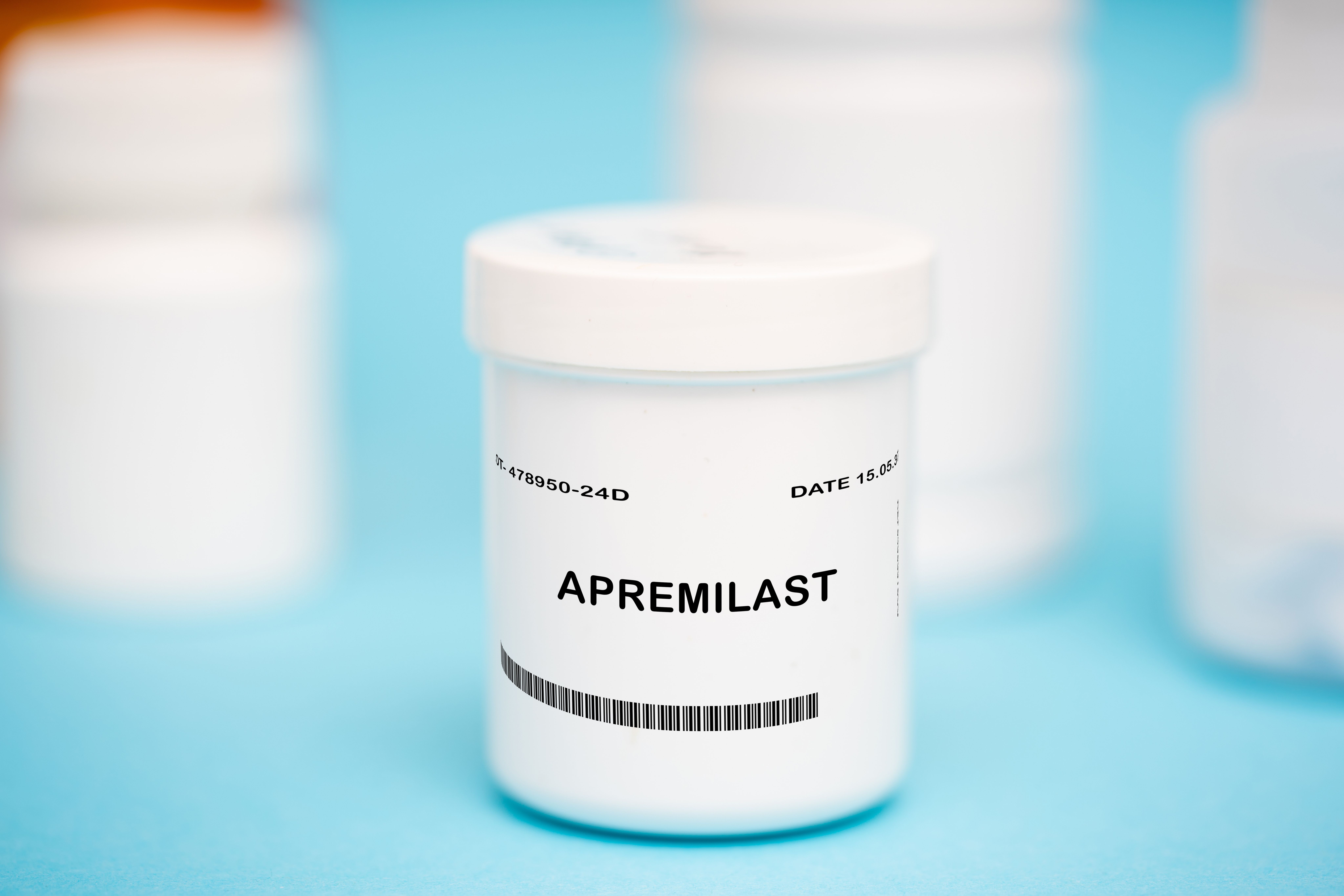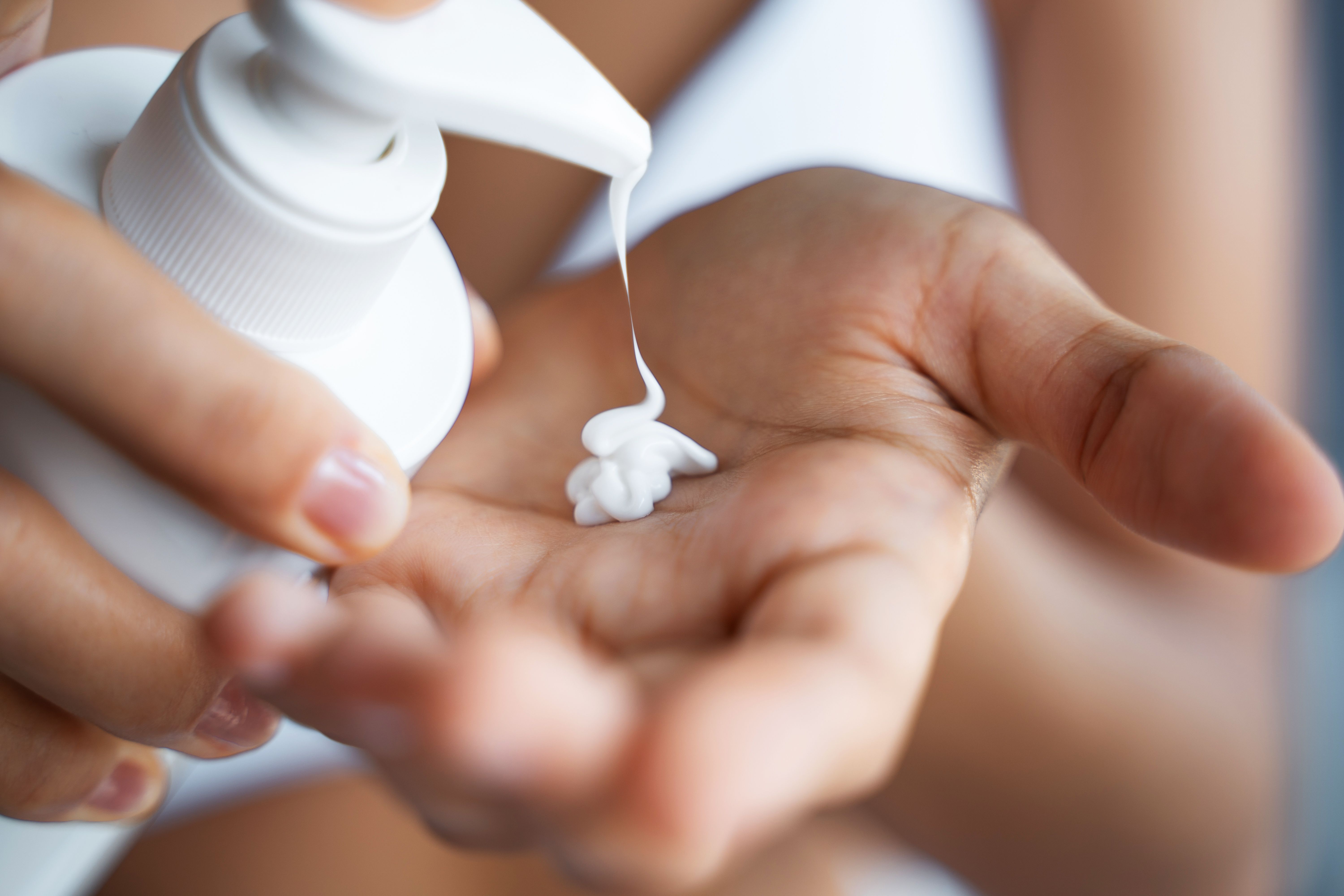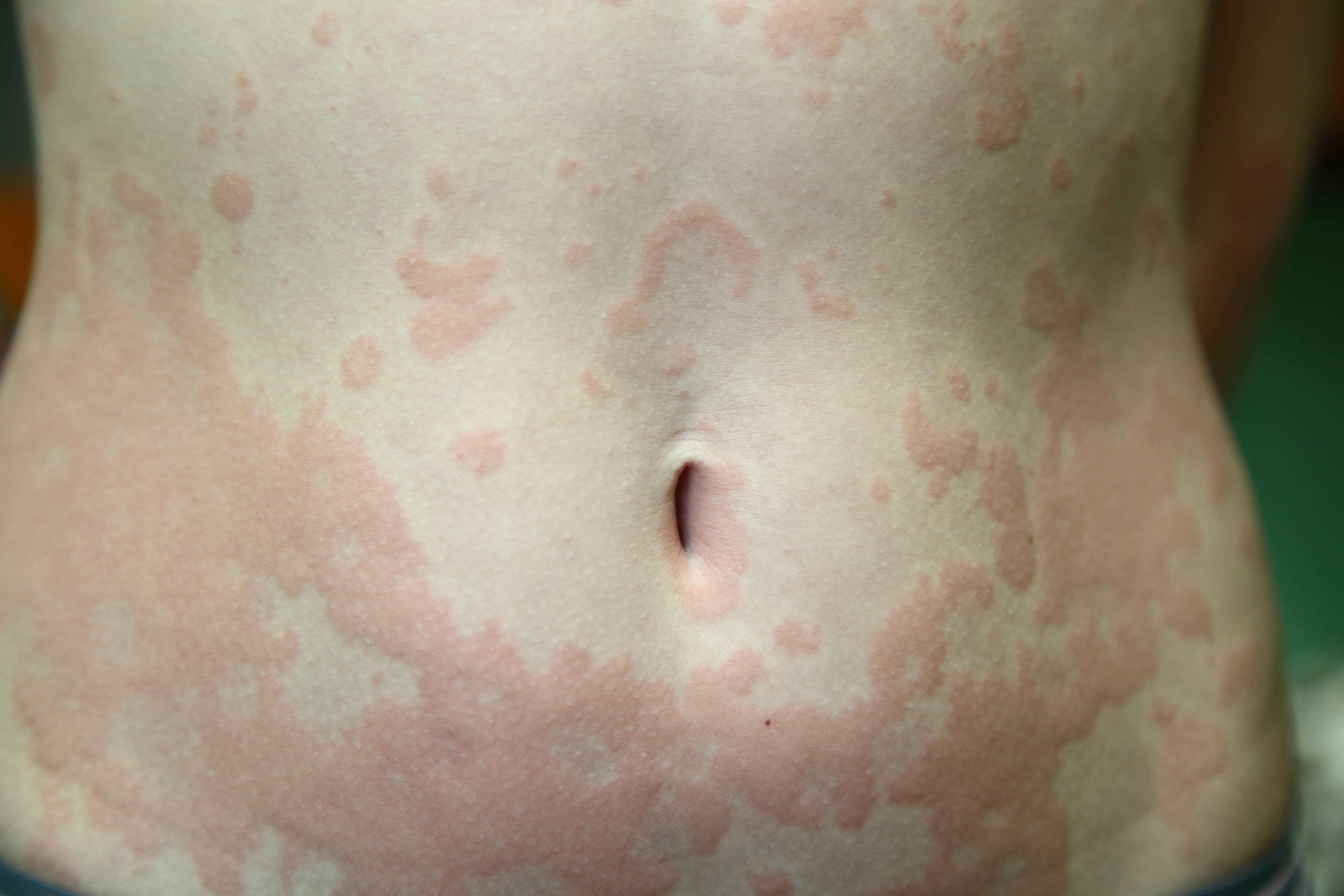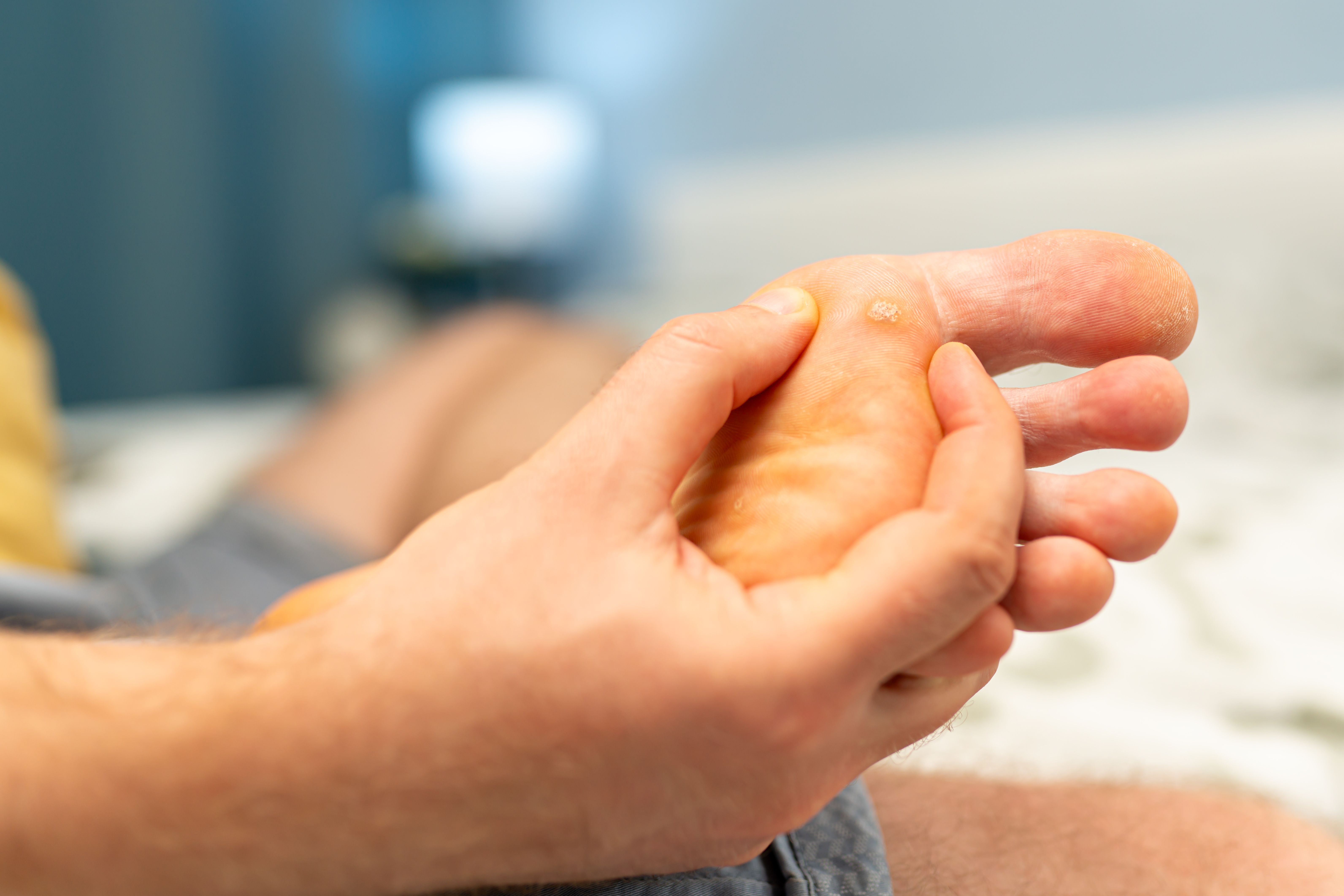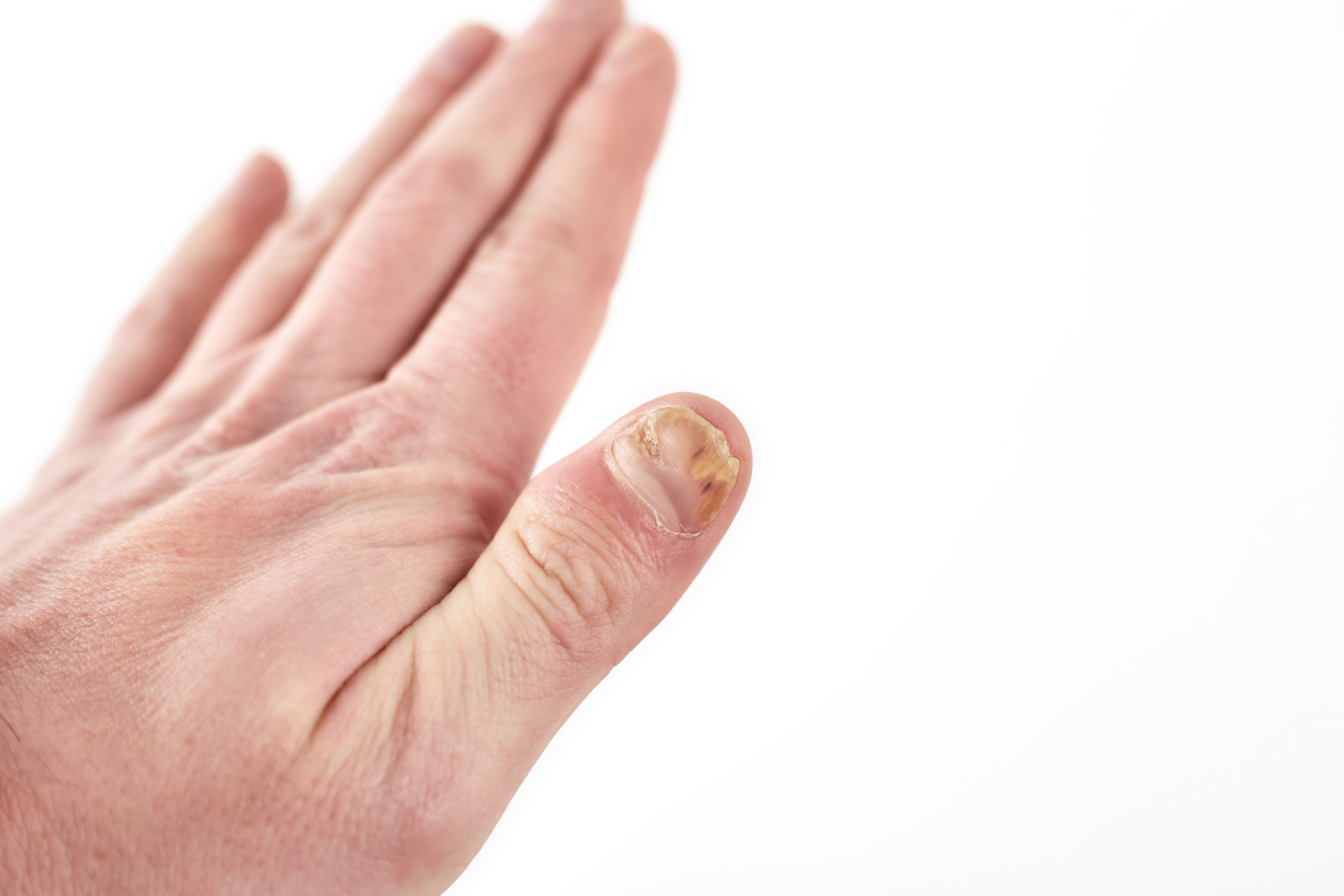- Case-Based Roundtable
- General Dermatology
- Eczema
- Chronic Hand Eczema
- Alopecia
- Aesthetics
- Vitiligo
- COVID-19
- Actinic Keratosis
- Precision Medicine and Biologics
- Rare Disease
- Wound Care
- Rosacea
- Psoriasis
- Psoriatic Arthritis
- Atopic Dermatitis
- Melasma
- NP and PA
- Skin Cancer
- Hidradenitis Suppurativa
- Drug Watch
- Pigmentary Disorders
- Acne
- Pediatric Dermatology
- Practice Management
- Prurigo Nodularis
- Buy-and-Bill
Article
MauiDerm 2015: New drugs bring promising treatments for derm conditions
Promising new treatments for rosacea and leishmaniasis are among the highlights of a Maui Derm conference session about new drugs in dermatology.
Promising new treatments for rosacea and leishmaniasis were among the highlights discussed at a Maui Derm 2015 session about new drugs:
Ivermectin, a new topical treatment for rosacea, is now available. Using Cetaphil moisturizing cream as a base, it is applied daily and more than doubled the percentage of patients (38-40 percent) who saw clearing or near-clearing of rosacea versus control (12-19 percent). Inflammatory lesions were reduced by 75 percent versus 50 percent in controls.
It’s not clear if the drug targets inflammation or parasites, says Ted Rosen, M.D., professor of dermatology at Baylor College of Medicine and Chief of Dermatology at the Houston VA Medical Center.
“This is not a grand slam,” he says, “but it certainly is a single or a double.”
A new type of Gardasil vaccine is available that targets cancers linked to five additional types of HPV. Gardasil 9 boosts protection against the types of HPV that cause 90 percent of vulvar, vaginal, cervical and anal carcinomas. Three doses are recommended for people ages nine to 26 years, although two or even one dose may be enough, Dr. Rosen says.
Unfortunately, he adds, the more powerful vaccine has spawned new “anti-vaccine propaganda.”
The drug miltefosine (Impavido, Paladin Therapeutics) is now available to treat leishmaniasis, and “clear, good data” supports its use for most of the leishmania types, Dr. Rosen says. It offers a valuable alternative to other treatments that can cause horrific scarring or harm the pancreas, he says.
The FDA has approved the investigational therapy dupilumab as a “Breakthrough Therapy” for certain patients with moderate-to-severe atopic dermatitis. This is “exciting news” about “an important concept,” says Long Beach, Calif., dermatologist Neal Bhatia, M.D. Meanwhile, other biologic treatments continue to be studied.

